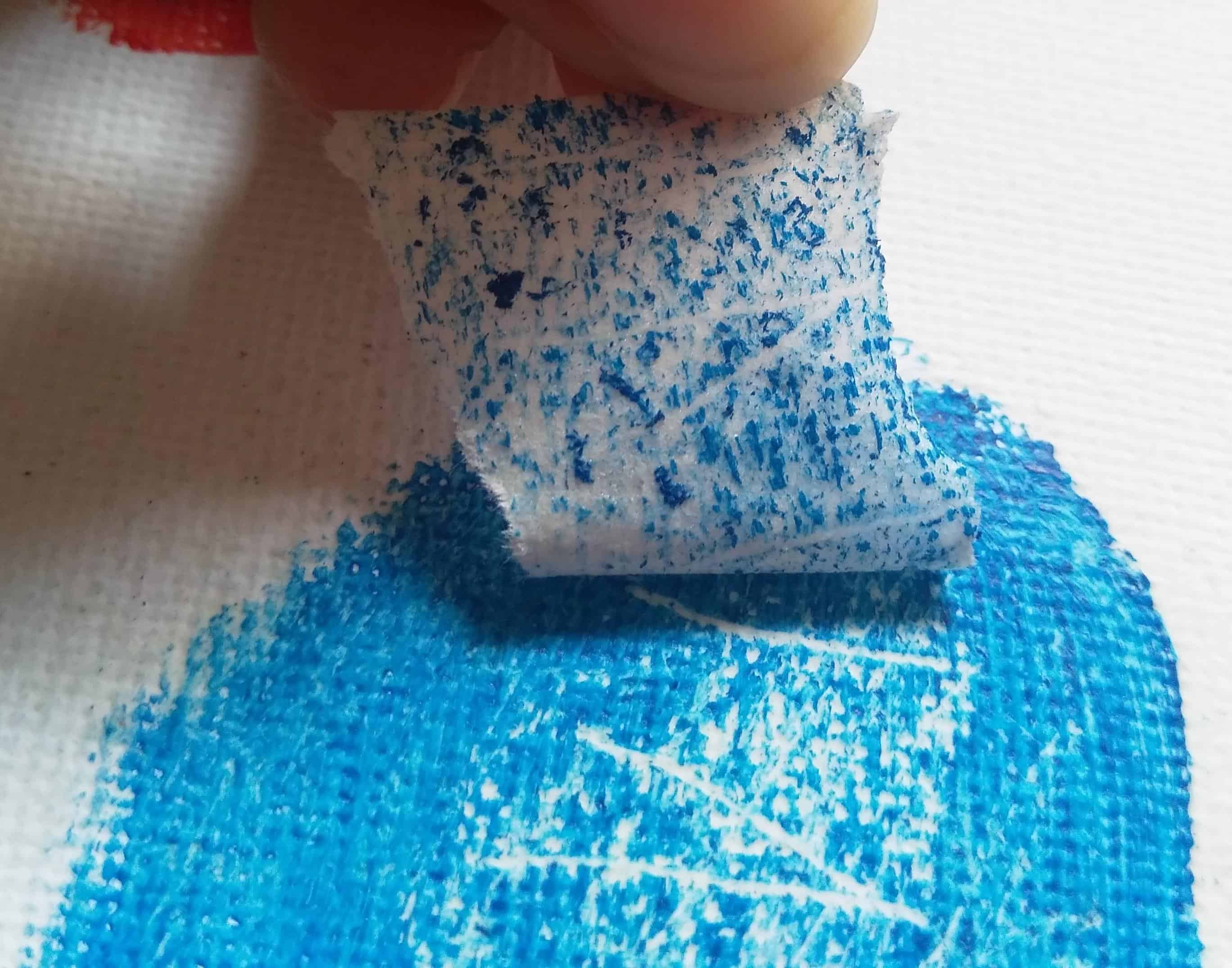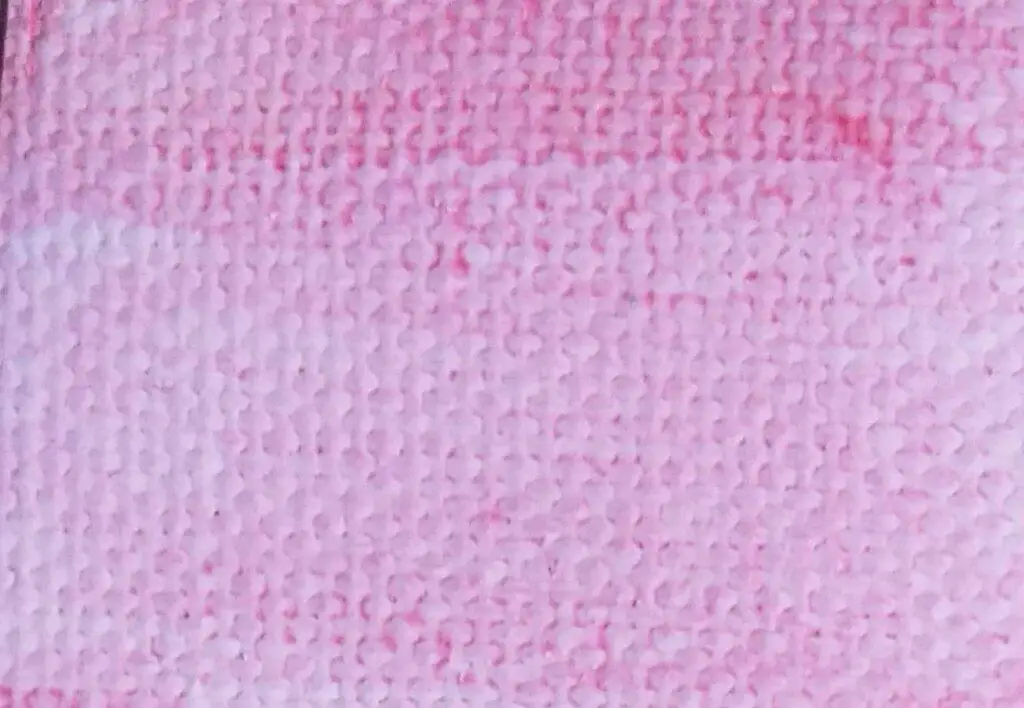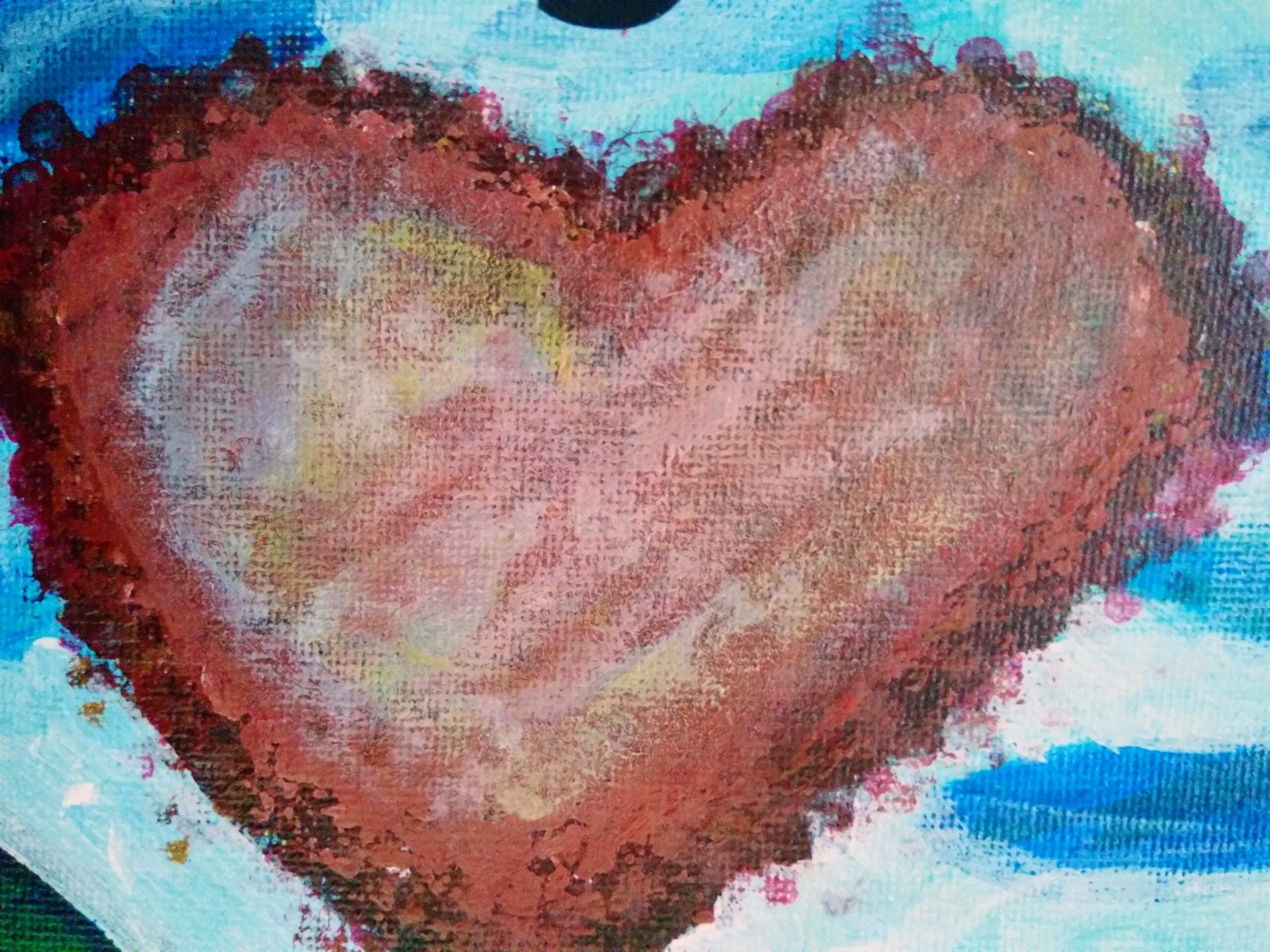Sometimes, acrylic paint will not stick to the canvas and it’s very frustrating to an artist. There are a few reasons for this and you can easily avoid them. Here is why acrylic paint will not stick to the canvas.
As a general rule, acrylic paint will not stick to the canvas when there is oil or grease on the canvas from hand or by other means. The best fix is applying gesso on the canvas before painting even if it is gessoed previously. Using quality paints also helps.
These are only a few reasons why acrylic paint will not stick to the canvas. Let’s get to know more reasons and ways to fix acrylic paint not sticking to the canvas.
Why won’t acrylic paint stick to the canvas?
Acrylic paint will not stick to the canvas when the painting cannot form a stable bond with the painting surface or when enough time is not given to dry the paint and form a bond with the surface, in this case, it is the canvas.
Although paint is dry to touch, there might be a lot of wet paint underneath the dry top paint skin. Therefore the paint has not formed a stable bond with the surface. If you try to layer on top of dry-to-touch paint, the paint may come off from the canvas, leaving a patch exposing the canvas underneath.
Also, skin oils and cooking oils reduce acrylic paint adherence to the canvas. You can lightly sand the pre-primed canvas and gesso it again to remove any grease or oil from the canvas. Also, paint in thin layers. It helps better adhesion.
I have written an article series about common acrylic paint questions and answers: part 1 and part 2. You can find answers to questions like this in the articles even before you face them.
5 Reasons why acrylic paint won’t stick to canvas
Below I will be discussing 6 common reasons why acrylic paint will not stick to the canvas. When you have a deeper understanding of the things finding solutions to your unique paint problem will be easy.
1. Oil and grease on canvas prevent acrylic paint from sticking
Oil and grease are two things you don’t want to be on canvas. They prevent acrylic paint from sticking to almost any surface. It hinders the bond formation of acrylic paint with the canvas.
I did an experiment where I applied oil and grease to the canvas and checked how they affect acrylic paint sticking to the canvas. I have found that grease prevents acrylic paint from sticking but the oil is absorbed into the canvas and did not have any visible effect.
In summery acrylic paint does not stick to waxy, greasy, and moisture surfaces. However, it is best to avoid oils on canvas as well. Other than that, acrylic paint stick to almost anything, with proper surface preparation and sealing the paint.

How to fix…
There are many ways oil or grease can get onto the canvas. When at the art store, if the polythene wrapped around the canvas broke a little, dust and oils can come onto the canvas. Especially if you are touching the canvas directly the grease of your hand will come onto the canvas.
There is always a chance the canvas you bought has dust, grease, or oils on it. So the best solution will be applying gesso to the canvas yourself even if the canvas is gesso primed before. This can solve the problem of acrylic paint not sticking to the canvas for most.
To make the process easier, you can mix some acrylic paint with gesso to make a colored ground (the first paint layer on canvas that provides a colored background). Let it dry for 2 hours. This way you will not have to wait until the color ground drying after the gesso is dry. Both will dry at the same time.
I have written a whole article about acrylic paint lifting with in-depth analysis. Following is a link to that article: Why does acrylic paint lift? (Best solutions included).
2. Thinning acrylic paint with water too much
Some artists experience acrylic paint not sticking to canvas and ‘peeling’ when they watered acrylic paint down too much. Too much water hinders stable paint film formation. So, acrylic paint will not stick to the canvas.
If you want to thin acrylic paint down too much, you can mix paint with acrylic mediums. Acrylic mediums have acrylic polymer binders so they can thin down the paint without hindering the paint film formation.

But some artists do not experience this at all. This may be affected by the quality of the paints you are using also. Even if they added 80% water to acrylic paint, the paint would still stick to the canvas well. Usually, the paint gets absorbed into the canvas when you thin it down too much.
If you are experiencing acrylic paint not sticking to the canvas, the best thing is not to thin acrylic paint over 30% with water. If you want to thin more use an acrylic medium such as a matte medium, gloss medium, or a glazing medium.
I wrote a whole article about thinning acrylic paint, you can see the different effects you get when thinning down with water and with acrylic mediums.
3. Using low-quality acrylic paints
Low-quality acrylic paint can also affect acrylic paint sticking onto the canvas. This low-quality paint has more fillers. Therefore when the paint is thinned down the binder will not be able to form a stable paint film. Usually, the cheapest are the lowest in quality.
If you are looking for an affordable yet good-quality acrylic paint brand, what I recommend is Liquitex Basics. I have written a full review of Liquitex Basic acrylic paint so that you will know what to expect from the paint.
Artist-grade acrylic paints are the best choice, but there are a little bit expensive. You can get artist-grade acrylic paints from brands like Liquitex, Golden, and Winsor & Newton. Artists have experienced better paint adhesion with brands like system3, Van Gogh, and Lukas pastors.
I use folk art paints and have not experienced acrylic paint not sticking to canvas. But I also do not apply really thick paint layers or do pallet knife painting.
Mary Filbin on Facenook
4. Applying acrylic paint on top of wet acrylic paint
Acrylic paint will not stick to canvas or will come right off if you keep building layers on top of wet paint. You might feel the paint is dry to the touch, but it is wet underneath the top dry paint skin. Therefore allow the paint to dry at least 10 to 20 minutes, before applying layers on top.
I have had areas on canvas that do not take paint very well. Sometimes I have my paint too wet. I set the canvas aside and let it dry for a few days then go back and repaint. So far that has worked. I have not had as much trouble with this since I learned to gesso my canvas.
David Swan on Facebook
This acrylic paint lifting when building layers is inevitable when using some techniques. If you are using a sponge or cotton swabs to apply paint and create some effects, the paint on canvas will come onto the sponge or cotton swabs. They can lift off the previous paint layers.

When using these techniques you can let the previous paint layers dry for at least 1 to 2 hours before continuing to build up layers with a sponge or cotton swabs. This will prevent paint from lifting off.
If you want an in detail explanation of the reasons and best fixes for acrylic paint peeling (peeling happens over time generally and is quite similar to paint lifting) you can read the article I have written,
Acrylic Paint Peeling: Common Reasons and Best Fixes.
5. Some acrylic colors won’t stick to canvas well
Some artists have experienced that particular paint colors do not stick to the canvas well. One example is Golden Metallic paint. This can happen especially when you are doing acrylic pour art.
To avoid this you can add a little pouring medium to the paint. You can do this if you think a particular color does not stick to the canvas well. Try out different acrylic mediums with the paint. Gel medium has the most adhesive properties but it has a body.
Try using the color with matte or gloss acrylic mediums or glazing medium if you want to glaze over. These will fix the problem in most cases.
Conclusion
Acrylic paint will not stick to canvas especially when there are oils or grease on it. This can happen even if you buy canvases that have been wrapped with polythene from the art store. The best solution would be applying gesso before you start painting. Do this even if the canvas is pre-primed with gesso.
Also using good quality acrylic paints can help. Use acrylic mediums to thin down the paint. Let the paint layers dry thoroughly before adding more layers on top. Use an acrylic medium if you experienced some colors not sticking to the canvas. Then you will be good to go. Happy painting!


